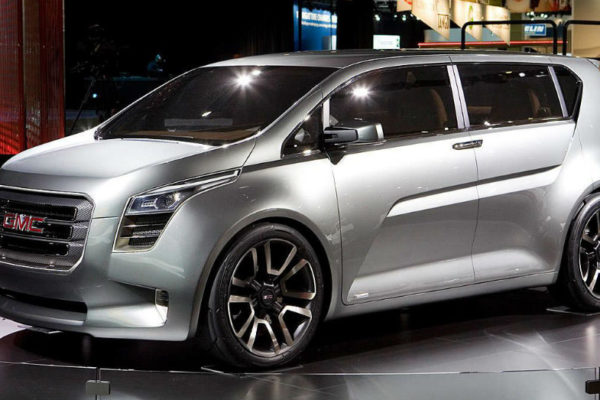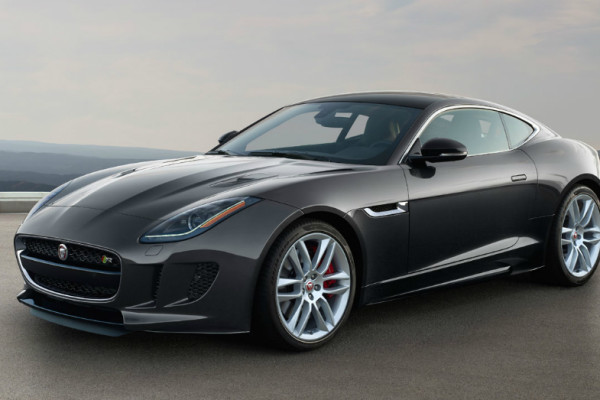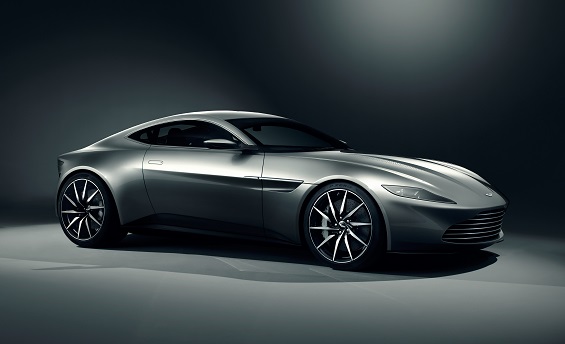
Smart tests its Fortwo mini-car by crashing it into a Mercedes-Benz S-Class
Streets in Europe, especially in the bigger cities, tend to be very narrow and crowded. It’s for this reason that scooters and miniature cars are so popular. In the United States, however, roads tend to be very wide and can accommodate numerous large cars and trucks. This is a problem for Daimler’s Smart brand.
Whereas Smart has no trouble convincing Europeans to buy its brand of diminutive cars, Americans take much more convincing. Not only do America’s wide roads make miniature cars relatively useless, but these roads are dominated by hulking trucks and other large vehicles. This makes people concerned about what happens when one of Smart’s miniature cars gets in an accident with a 5,000-lb pickup truck.
Smart understands these concerns and wants to prove that its latest mini-cars, the Fortwo and Forfour, can take some stand up to some serious abuse. To prove their survivability, the company filmed a head-on collision pitting the latest Fortwo against a Mercedes-Benz S-Class which weighs more than twice as much.
At 5,088-lbs, the Mercedes has over twice the kinetic energy at 30 mph, for a 60 mph closing speed, as the Fortwo. Common perception suggests the Smart should not fare well while an object twice its mass piles into it. The cars’ difference in mass is apparent as they collide, the Smart comes to a halt much quicker while the Mercedes continues longer on its path. This would be felt by the Smart’s occupants as greater deceleration forces, which traditionally increase the risk of injury.
However, Daimler’s tests suggest forces experienced by the Fortwo’s occupants are “within biomechanical limits”. In other words, readings from the crash test dummies suggest the car’s occupants would be largely unharmed by such a crash.
The car’s body also stood up remarkably well to the impact. Naturally, the Mercedes fared better here, but it’s a sign of just how strong the Smart’s safety cell is that both doors remained intact during the impact and the windscreen remained in place, if damaged. A kink can be seen in the lower edge of the safety cell, illustrating where the frame has transferred the impact forces around the body, rather than into the cabin.
There are caveats to such a test, of course. The vehicles’ closing speed is representative of city-based accidents, but not those at higher speeds on open highways. However, he Smart will still be hugely safer than small cars of days gone by in such an incident, and its higher weight in this modern iteration means it won’t quite turn into the pinball a lighter car might in a high-speed crash. Read more about the story here.
This post may contain affiliate links. Meaning a commission is given should you decide to make a purchase through these links, at no cost to you. All products shown are researched and tested to give an accurate review for you.



